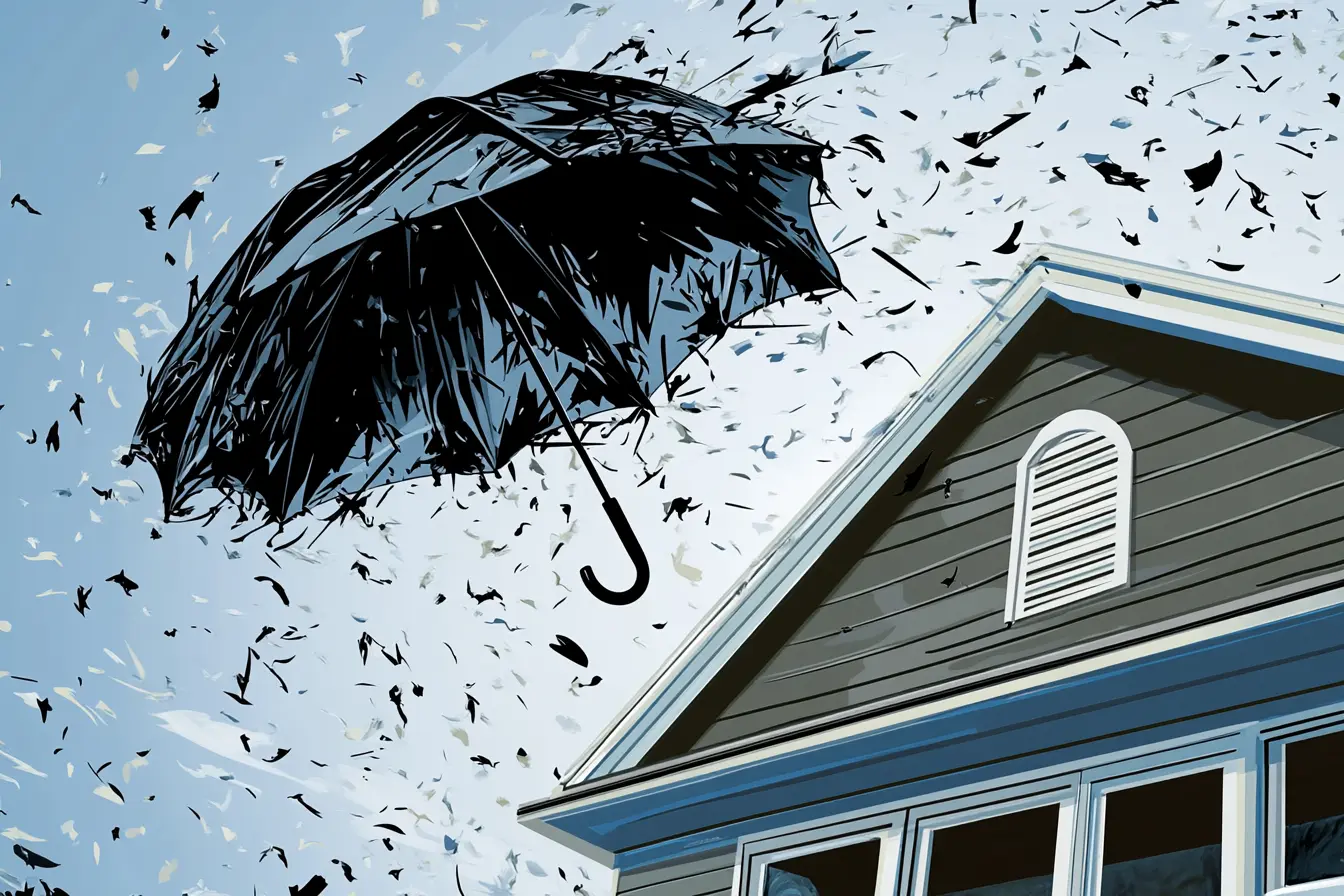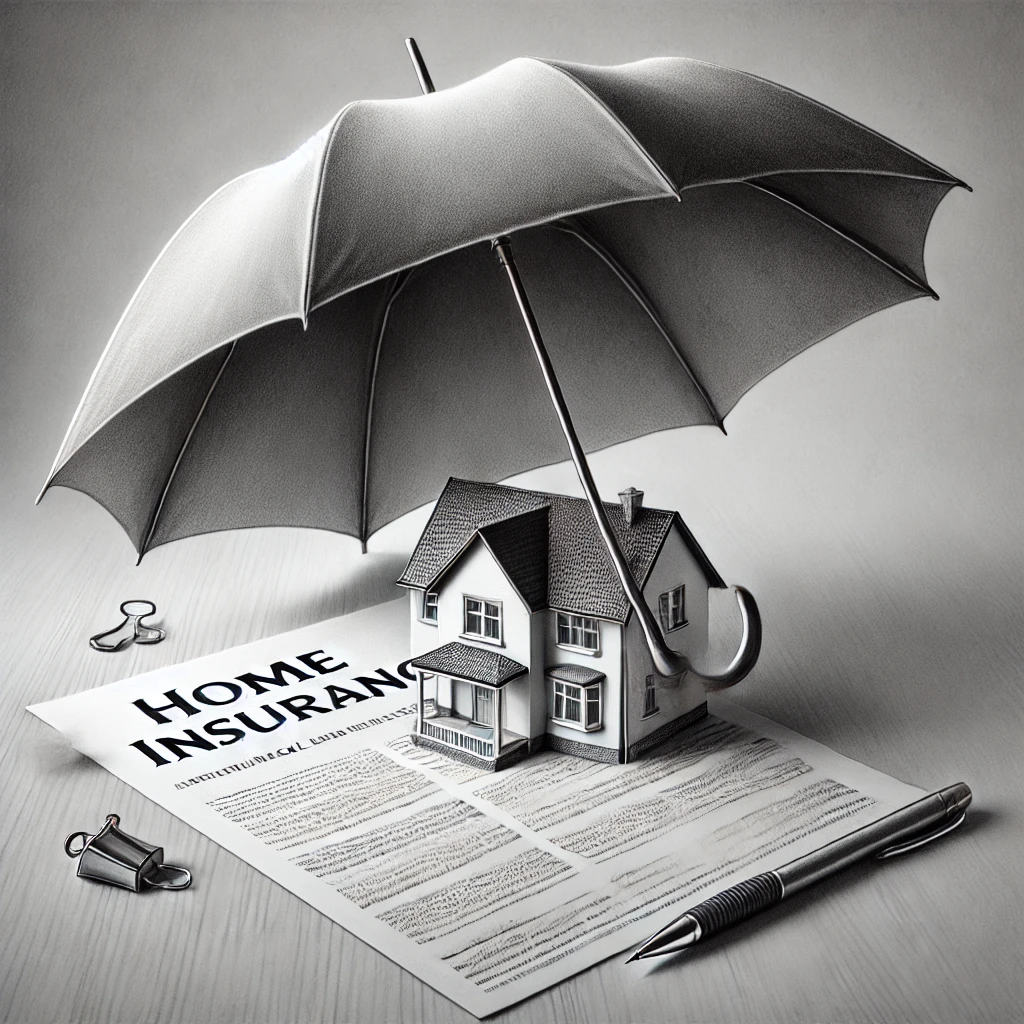The Impact of Demand Surge on Insurance After a Disaster

After a major disaster, homeowners rely on insurance payouts to repair or rebuild their homes. However, many are caught off guard when they realize that demand surge—a rapid increase in the cost of labor, materials, and services—can make their insurance coverage insufficient to fully cover rebuilding costs.
Insurance companies, facing a flood of claims and higher payouts, also respond to demand surge by raising premiums, adjusting coverage limits, or even withdrawing from high-risk markets altogether. This article explores how demand surge impacts insurance coverage, costs, and availability—and what homeowners can do to protect themselves from coverage gaps.
How Demand Surge Affects Insurance Claims
When a disaster destroys thousands of homes in a short period, the cost of rebuilding skyrockets due to high demand for construction materials, skilled labor, and services. However, most insurance policies are based on pre-disaster estimates of rebuilding costs, which often fall short when demand surge occurs.
1. Increased Rebuilding Costs Can Exceed Policy Limits
Homeowners with replacement cost coverage may still face out-of-pocket expenses if their policy limits were based on outdated costs.
Those with Actual Cash Value (ACV) coverage are hit even harder, as ACV accounts for Depreciation and may only cover a fraction of rebuilding costs.
Many homeowners are shocked to discover they are underinsured after a disaster.
Example: After the 2018 Camp Fire in California, many homeowners discovered their policies did not cover the full cost of rebuilding, as construction prices surged beyond their insured limits.
2. Delays in Claims Processing
Insurers receive a massive influx of claims after disasters, leading to delays in processing and payouts.
Adjusters may be overwhelmed, and insurers might take longer to assess damage and approve claims.
In extreme cases, insurance companies dispute claims due to rising costs, leading to prolonged battles between homeowners and insurers.
Example: Following Hurricane Katrina (2005), thousands of homeowners waited months—sometimes years—for full insurance settlements.
3. Higher Premiums for Policyholders
After a disaster, insurance companies adjust their risk calculations and increase premiums to offset financial losses from widespread claims.
Homeowners in high-risk areas—such as wildfire-prone California or hurricane-prone Florida—see some of the steepest rate hikes.
Some insurers withdraw from disaster-prone areas entirely, forcing homeowners to rely on expensive state-backed insurance plans.
Example: After Hurricane Harvey (2017), some Texas homeowners saw Flood Insurance premiums rise by 10-15% in response to higher-than-expected claims.
How Demand Surge Affects Insurance Coverage Options
Insurance companies often respond to demand surge by adjusting policy terms to minimize their financial risk.
1. Stricter Underwriting & Coverage Limit Adjustments
Insurers may reduce the maximum replacement cost coverage available for homes in high-risk areas.
Some policies now include “demand surge exclusions”, limiting how much insurers will cover if rebuilding costs exceed a certain threshold.
2. Rising Deductibles
To control costs, some insurers increase deductibles for disasters, meaning homeowners must pay more out of pocket before insurance kicks in.
In wildfire-prone regions, some policies now require higher deductibles specifically for fire-related claims.
3. Shrinking Availability in High-Risk Areas
Many insurers refuse to renew policies in areas prone to hurricanes, wildfires, or floods.
Homeowners in affected areas may be forced to seek coverage from state-run insurers of last resort, such as the California FAIR Plan or Louisiana Citizens Property Insurance Corporation.
Example: After multiple catastrophic wildfires, State Farm and Allstate stopped issuing new Homeowners Insurance policies in California in 2023, citing rising costs due to demand surge.

Strategies for Homeowners to Protect Themselves
1. Purchase Extended or Guaranteed Replacement Cost Coverage
Extended replacement cost increases your coverage limit by 10-50% in case rebuilding costs exceed estimates.
Guaranteed replacement cost covers 100% of rebuilding costs, even if demand surge drives up prices.
✔ Best for: Homeowners in wildfire, hurricane, or Earthquake-prone areas.
2. Verify Inflation Guard Endorsements
Some policies automatically adjust coverage limits for inflation, ensuring that rebuilding costs are updated annually.
This can help offset price spikes caused by demand surge.
✔ Best for: Long-term homeowners who may not update policies frequently.
3. Increase Additional Living Expenses (ALE) Coverage
ALE coverage pays for temporary housing and living costs if your home is uninhabitable.
Since demand surge can extend repair timelines, higher ALE limits ensure you don’t run out of coverage while waiting for your home to be rebuilt.
✔ Best for: Homeowners in disaster-prone regions where housing shortages are likely after a major event.
4. Work with an Insurance Agent to Reassess Coverage Annually
Many homeowners underestimate how much insurance they need.
Review your home’s replacement cost every year to ensure your coverage reflects current market conditions.
✔ Best for: Homeowners who haven’t updated their policies in several years.
5. Consider Private Market Options If Available
In states where insurers are leaving high-risk areas, private market insurers may offer better coverage than state-backed plans.
However, private policies may have higher premiums.
✔ Best for: Homeowners looking for higher coverage limits or lower deductibles.
Case Studies: Demand Surge and Insurance Failures
1. Hurricane Katrina (2005)
Homeowners struggled to rebuild due to insufficient coverage for rising construction costs.
Many insurance disputes arose over whether flood or wind damage was responsible for destruction, delaying claims.
Lesson learned: Extended replacement cost and flood insurance are essential for full recovery.
2. California Wildfires (2018-2019)
Many homeowners found themselves underinsured as rebuilding costs rose by 30-50% due to demand surge.
Insurers pulled out of high-risk areas, forcing homeowners into the California FAIR Plan, which offers limited coverage at high costs.
Lesson learned: Insurers may exit markets after repeated disasters, making early policy adjustments crucial.
3. Hurricane Harvey (2017)
Houston saw major price increases for contractors and materials, leading to delayed rebuilding efforts.
Flood insurance premiums spiked, making it harder for homeowners to maintain coverage in the future.
Lesson learned: Flood-prone homeowners should lock in policies early to avoid post-disaster Premium hikes.
Wrap-Up
Demand surge can drastically impact insurance claims, coverage, and availability following a disaster. Homeowners must be proactive in securing adequate coverage before a disaster strikes and be prepared for potential changes in the insurance market.
Key Takeaways
✔ Ensure replacement cost coverage accounts for rising materials & labor costs.
✔ Increase Additional Living Expenses (ALE) limits to cover longer repair timelines.
✔ Review policies annually to adjust for inflation and rising rebuilding costs.
✔ If in a high-risk area, explore private market options before insurers exit the market.
By planning ahead and staying informed, homeowners can protect themselves from unexpected financial hardships caused by demand surge-driven insurance challenges.
Resources for Homeowners
FEMA Insurance Guide: FEMA.gov
National Association of Insurance Commissioners (NAIC) Disaster Insurance Guide: NAIC.org
Insurance Information Institute (III) Homeowners Coverage Tips: III.org
California FAIR Plan (for wildfire-prone homeowners): cfpnet.com